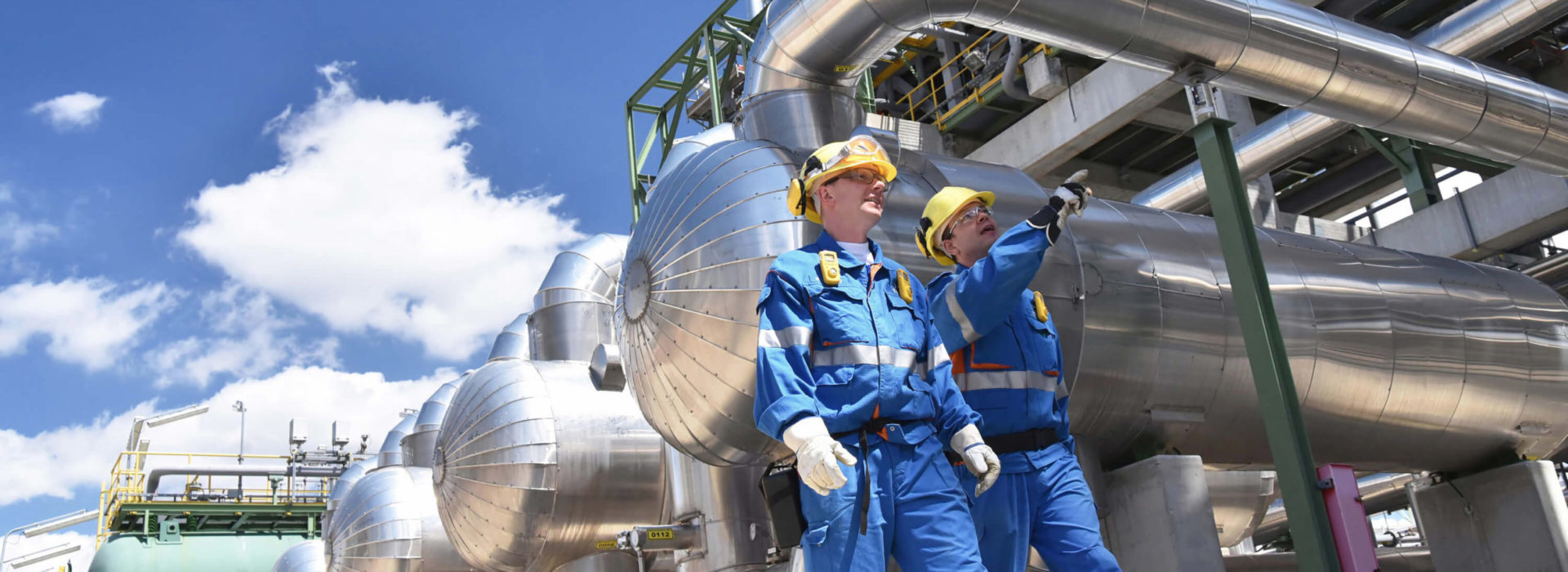Ongoing improvements in the area of Health and Safety are consistently our main priority
Health and Safety at work and the prevention of occupational hazard is a moral obligation and a business necessity, which goes beyond the narrow limits of a simple legal obligation. Our primary concern is to take measures, and implement projects and programmes, to ensure we attain our permanent objectives for workplace health and safety, which can be formulated as follows:
To reduce the risk of major technological accidents to the lowest possible level.
To eliminate occupational accidents – “Goal Zero”.
Continuous monitoring and upgrading of the quality of equipment to ensure that conditions conducive to safe work operations are continuously improved.
Effective protection of people (our personnel, contractors’ personnel, our neighbors, associates and site visitors), as well as the environment and our installations, from the hazards that may arise from the company’s activities.
Continuous training of personnel and briefing on health and safety issues in order to prevent accidents and occupational health problems.
Full compliance with regulatory requirements.
Active involvement of all employees in finding acceptable and effective solutions for protection and safety, as well as in establishing regulations, identifying hazards and assessing risk.
Frank and open communication between workers and management in health and safety issues.



